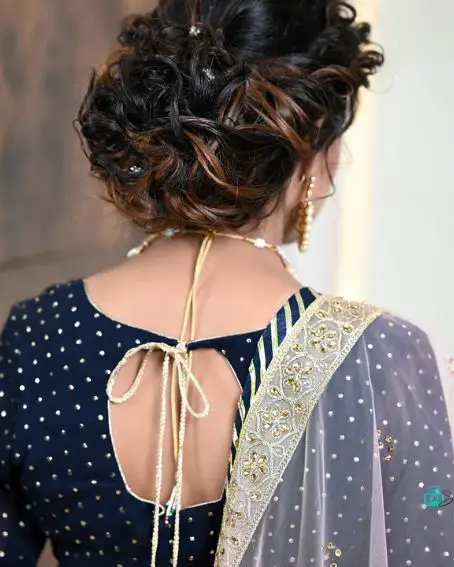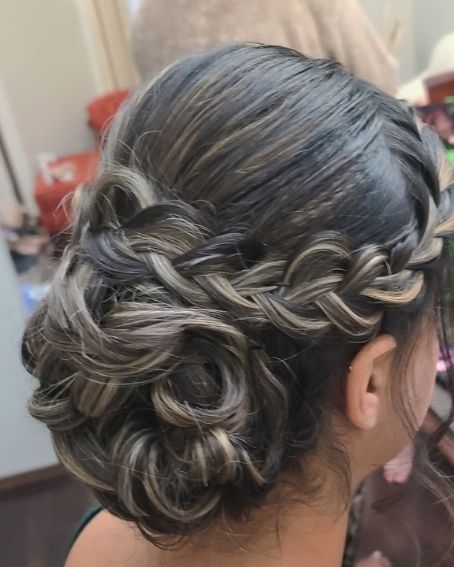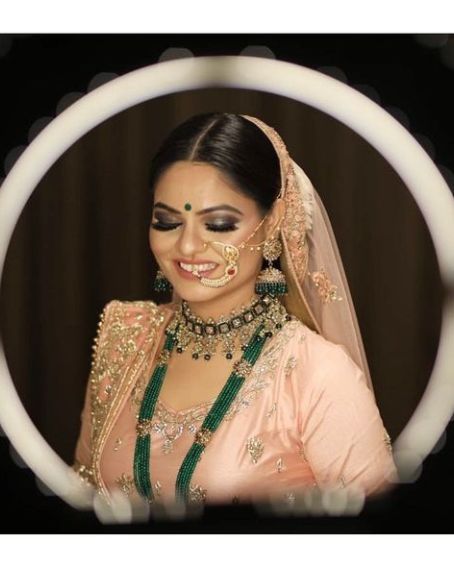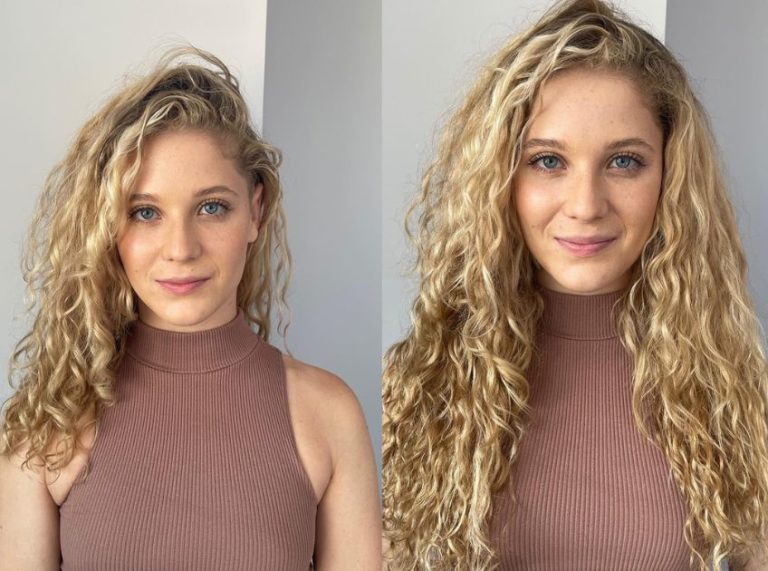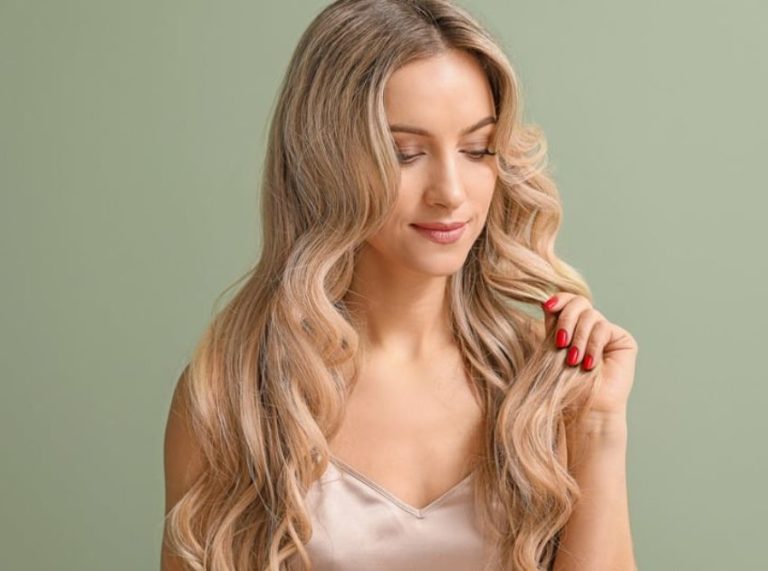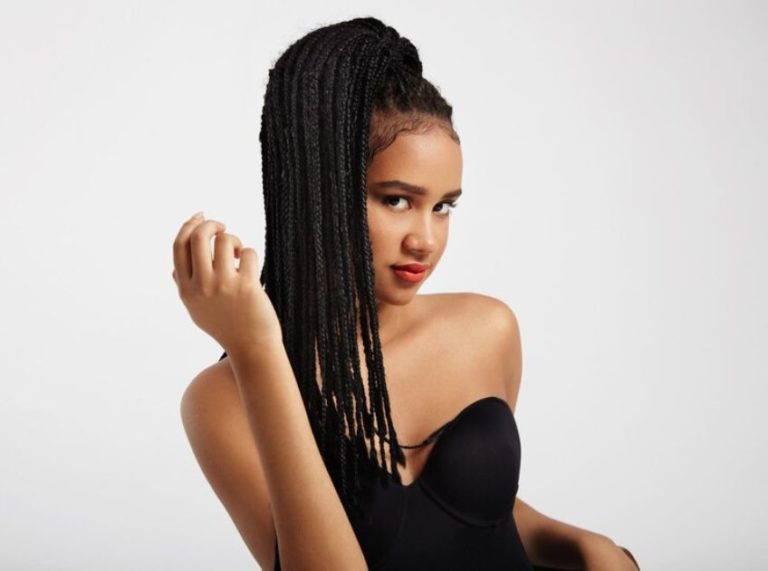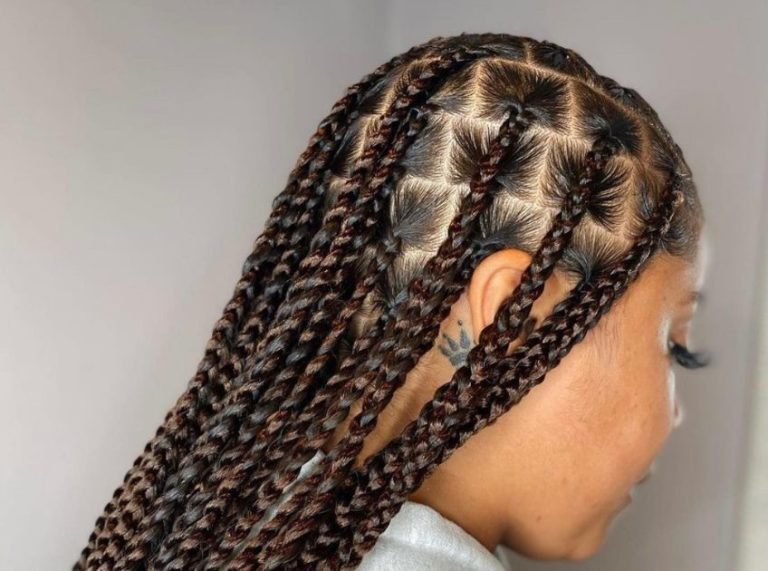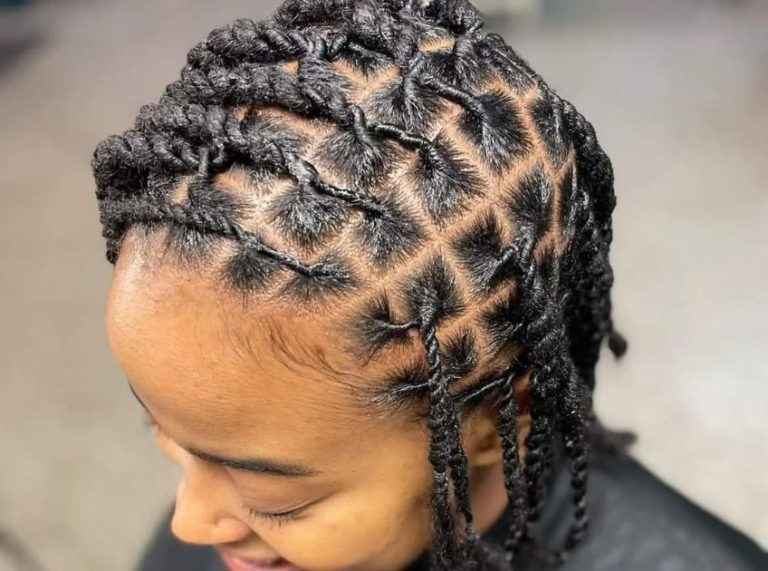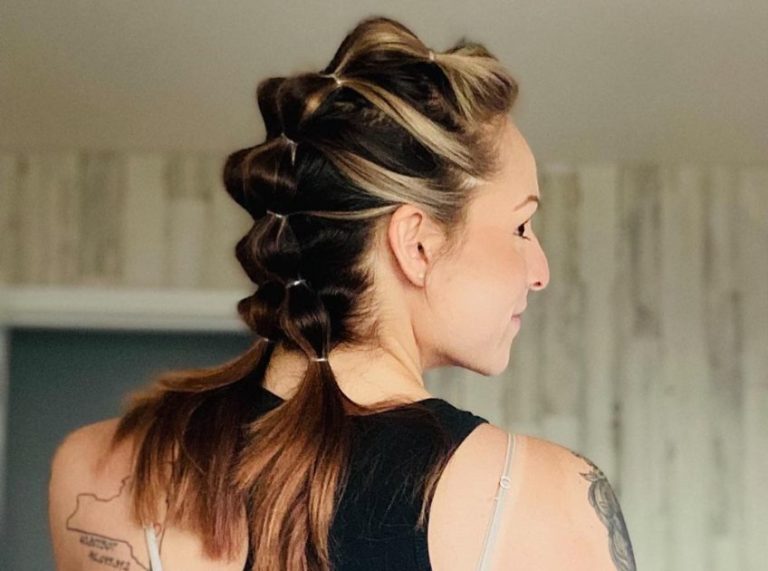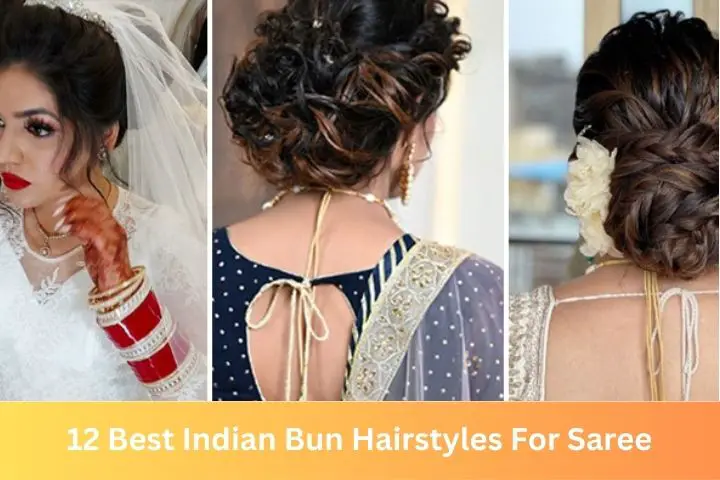
Important: This article is for informational purposes only. Please read our full disclaimer for more details.
Buns are one of the most popular and versatile hairstyles. They can be worn for both formal and casual occasions. Indian bun hairstyles for saree are specially designed to complement the saree, which is a traditional Indian dress worn by women. There are many different types of bun hairstyles that can be worn with a saree, depending on the occasion and the type of saree you are wearing.
12 Best Indian Bun Hairstyles For Saree
1. The Messy Bun
The messy bun is a casual and relaxed hairstyle that is perfect for everyday wear. It is also one of the easiest bun hairstyles to achieve. To create a messy bun, simply gather your hair into a messy ponytail and then twist it into a bun. You can use a hair tie or bobby pins to secure the bun in place.
2. The Braided Bun
The braided bun is a more sophisticated and elegant hairstyle that is perfect for special occasions. To create a braided bun, start by creating a regular ponytail. Then, divide your hair into three sections and start braiding each section. Once you reach the end of each braid, secure it with a hair tie or bobby pin. Finally, twist all three braids together and secure them in place with a hair tie or bobby pins.
3. The Topknot Bun
The topknot bun is a stylish and chic hairstyle that is perfect for both formal and casual occasions. To create a topknot bun, gather your hair into a high ponytail and secure it with a hair tie. Then, twist your hair around the hair tie to create a bun. Finally, secure the bun in place with bobby pins.
4. The Side Swept Bun
The side swept bun is a feminine and romantic hairstyle that is perfect for special occasions. To create a side swept bun, start by creating a regular ponytail. Then, take a small section of hair from the front of your head and sweep it to the side. Secure this section of hair with a bobby pin behind your ear. Next, take the rest of your hair and twist it into a bun. Finally, secure the bun in place with bobby pins.
5. Bun With Bangs
This is a simple yet stylish hairstyle, in which you can keep your bangs open or pin them up according to the occasion. To create this look, first make a ponytail of your hair and then twist it into a bun. Finally, secure the bun with bobby pins. You can leave your bangs open or pin them up with bobby pins.
6. The High Bun
The high bun is a sophisticated and elegant hairstyle that is perfect for special occasions. To create a high bun, gather your hair into a high ponytail and secure it with a hair tie. Then, twist your hair around the hair tie to create a bun. Finally, secure the bun in place with bobby pins.
7. The Low Bun
The low bun is a casual and relaxed hairstyle that is perfect for everyday wear. To create a low bun, gather your hair into a low ponytail and then twist it into a bun. You can use a hair tie or bobby pins to secure the bun in place.
[ Read: 10 Low Bun Hairstyles For Black Hair ]
8. Side Twisted Bun
This is a simple yet stylish hairstyle, in which you can keep your hair open or pin them up according to the occasion. To create this look, first make a ponytail of your hair and then twist it into a bun. Finally, secure the bun with bobby pins. You can leave your hair open or pin them up with bobby pins.
9. Side Braided Bun
The side braided bun is a sophisticated and elegant hairstyle that is perfect for special occasions. To create a side braided bun, start by creating a regular ponytail. Then, take a small section of hair from the front of your head and braid it to the side. Secure this section of hair with a bobby pin behind your ear. Next, take the rest of your hair and twist it into a bun. Finally, secure the bun in place with bobby pins.
10. Middle Part Bun
The middle part bun is a Casual hairstyle and it is perfect for those who have medium to long hair. To create this look, first make a ponytail of your hair and then twist it into a bun. Finally, secure the bun with bobby pins. You can leave your hair open or pin them up with bobby pins.
11. Side Parted Bun
The side parted bun is a sophisticated and elegant hairstyle that is perfect for special occasions. To create a side parted bun, start by creating a regular ponytail. Then, take a small section of hair from the front of your head and sweep it to the side. Secure this section of hair with a bobby pin behind your ear. Next, take the rest of your hair and twist it into a bun. Finally, secure the bun in place with bobby pins.
12. Front Puffed Bun
A front puffed bun is a type of hairstyle in which the hair is gathered at the front of the head to form a puff and the rest of the hair into a low ponytail. The hair is then rolled up into a bun and secured with bobby pins. This style is often seen on people with long, thick hair.
Conclusion:
There are many different types of bun hairstyles that you can choose from, depending on your personal style and the occasion. Whether you’re looking for a sophisticated and elegant style for a special occasion or a casual and relaxed style for everyday wear, there is a bun hairstyle that is perfect for you.
You Might Also Like:
- 15 Glamorous Bun Hairstyle Ideas You Need To Try
- 10 Best Puff Hairstyles For Natural Hair
- How to Do a Messy Bun with Long Hair?
- 15 Best Beach Vacation Hairstyles For Black Hair
- 15 Best Hairstyles For Transitioning Hair
- 9 Women’s Hairstyles For Receding Chin
- 14 Best 4c Hairstyles For Kids
- 15 Stunning Black Hairstyles For Women Over 50







